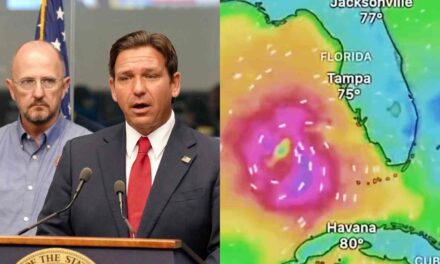We support our Publishers and Content Creators. You can view this story on their website by CLICKING HERE.
Irish teacher, Anne Quinn’s, class got quite the shock when they discovered that one of the Brent geese they had been tracking as a class project wouldn’t be making its way back to Dungarvan, Co Waterford.
The reason?
It was eaten by Devon Manik and his family, a group Inuk people who live in the northern-most inhabitable area of arctic Canada.
‘It tasted good,’ Manik said. ‘In June, the geese migrate through here, to lay their eggs … My grandmother and my mother really love geese, so they’ll cook them up and I’ll have some as well.’
He kept the identifying tags as a souvenir.
The project was overseen by ecologist Kendrew Coulhoun, who tracked down the tags 5,000 kilometers away from the Irish school.
After meeting Manik, he said,
There’s a little bit of sadness there because obviously they are very highly protected in Ireland and we love them but at the same time we totally appreciate that the local communities here, they don’t have access to supermarkets.
The geese are a resource for the Inuit people, but few birds are harvested by them in such a way. These communities definitely need to do such a thing, so who are we to judge that?
Even though the kids were shocked their goose was cooked, it did open an opportunity for learning.
There was some shock in class when they discovered the fate of the goose, says Ms Quinn. ‘Five thousand kilometers away is just a number. The Arctic is a place way out there. This in a strange way was proof they made this incredible journey … It shows how much we’re connected; geographically, culturally.’
Coulhoun’s work with the geese and the schoolchildren has been recorded in a documentary called “Where the Wild Geese Go,” coming out October 21.
Be sure to take a gander when it releases.
P.S. Now check out our latest video 👇
Keep up with our latest videos — Subscribe to our YouTube channel!

 Conservative
Conservative  Search
Search Trending
Trending Current News
Current News 





